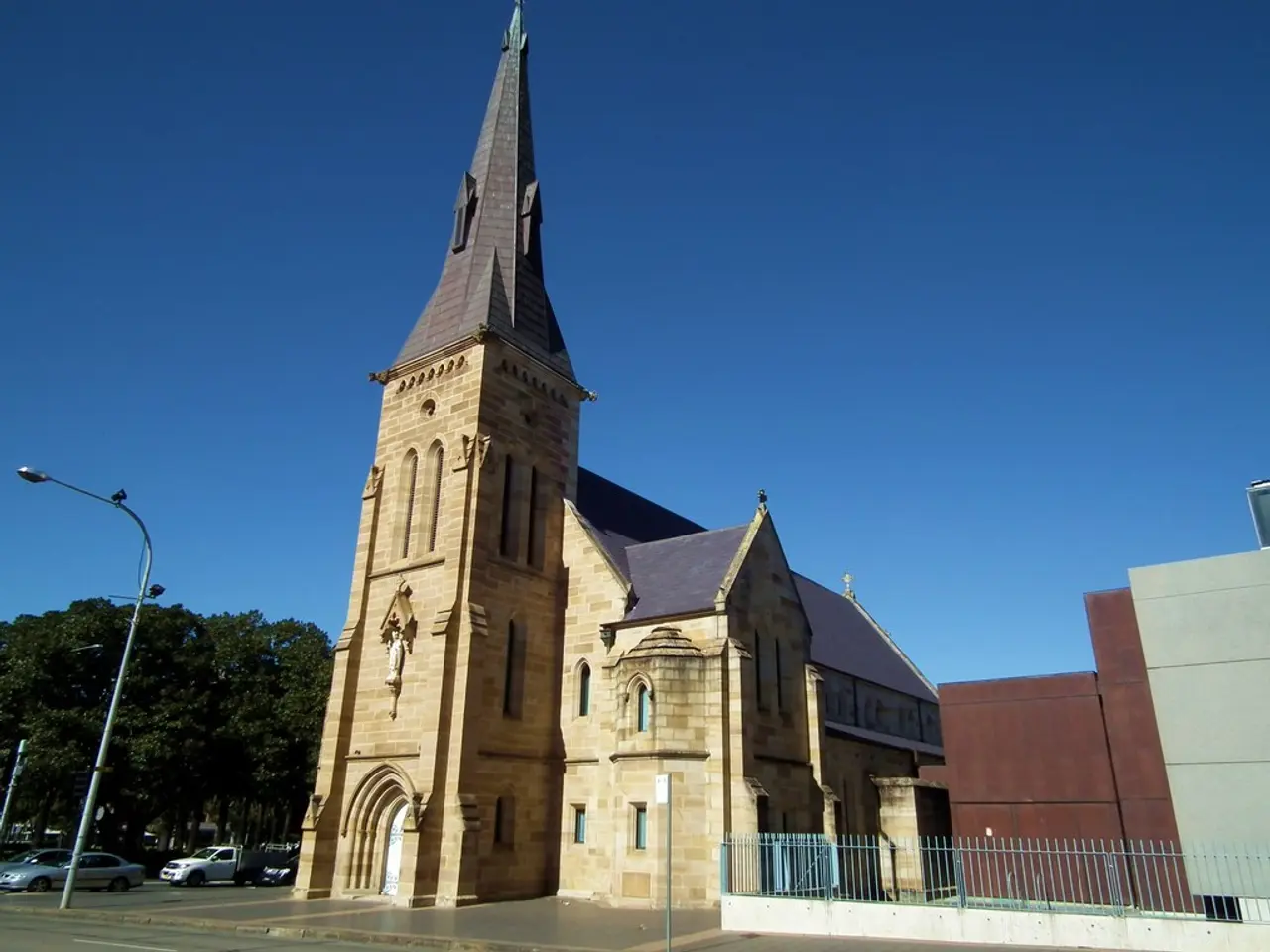Horse-pulled carriage stands outside Hofburg palace, Vienna.
Vienna, the historic city of Austria, offers a unique blend of culture, history, and natural beauty that attracts visitors from around the world. With its rich heritage and vibrant atmosphere, there are numerous ways to experience Vienna, and the best times to visit depend on your preferences.
Spring (April to June)
Spring in Vienna is a delightful season, with mild to warm temperatures (10–24°C) and longer daylight hours, making outdoor activities enjoyable. The city's parks and gardens, such as Stadtpark and Schönbrunn Palace Park, are lush and blooming, providing the perfect backdrop for al fresco experiences. During this time, Vienna hosts numerous cultural events and Easter markets, filling the city squares with a lively yet not overly crowded atmosphere.
Early Autumn (September to October)
As autumn arrives, Vienna transforms into a picturesque setting with mild temperatures (around 10–16°C), ideal for walking and dining outdoors. This period hosts harvest festivals and cultural celebrations, offering rich local experiences without the crowds typical in summer.
Summer and Winter in Vienna
Summer (July and August) is warm and popular, perfect for outdoor dining, but often crowded. On the other hand, winter, especially December, is magical with Christmas markets and festive concerts, but is cold and busy with tourists. January offers fewer crowds but is very cold and less suited for al fresco enjoyment.
Cultural Attractions and Souvenirs
Vienna is home to more than 10 Christmas Markets during the holiday season, making it a must-visit during winter. Porcelain handcrafted at Augarten Palace, Austria's most traditional porcelain factory, makes for a lasting souvenir from Vienna. The 'Golden Vienna Heart' wine glasses are another souvenir reminiscent of traditional Wiener Heurigen (taverns) and Vienna's vineyard heritage.
The Vienna Philharmonic plays an open-air Summer Night Concert every year in May at Schönbrunn Palace, offering a unique musical experience under the stars. Climbing the stairs of the Gloriette, an 18th-century structure atop Schönbrunn Palace, provides a view of one of Austria's most important cultural moments.
Exploring Vienna
The historic centre and inner districts of Vienna are easily navigable on foot. Vienna has an inexpensive and extensive metro and tram infrastructure, making it a good alternative to driving. The city's rich history is evident in its architecture, from the Baroque Habsburg imperial summer residence at Schönbrunn Palace to the modern buildings that dot the skyline.
Vienna is a city that blends various historical periods and eastern European cultures, making it a fascinating destination for travellers. From the famous Viennese Schnitzel, a pan-fried breaded meat dish, to the Viennese Punschkrapfen, a traditional sweet with a pink glaze and a dash of rum, the city's culinary offerings are as diverse as its history.
In a Parisian bakery, a Viennese baker is said to have invented the croissant, derived from the Austrian biscuit, Kipferl. Vienna's streets come alive with festivals in September, featuring local stores, street food, and local bands. Whether you're a history buff, a food lover, or simply seeking a unique cultural experience, Vienna offers something for everyone.
- Vienna's parks and gardens, such as Stadtpark and Schönbrunn Palace Park, offer an ideal setting for al fresco experiences during the spring season.
- Early autumn, specifically September and October, provides mild temperatures perfect for walking and dining outdoors, along with cultural celebrations in Vienna.
- During the winter season, Vienna hosts more than 10 Christmas Markets, making it a popular destination for those seeking a festive cultural experience.
- In addition to its rich history and cultural attractions, Vienna is also known for its diverse culinary offerings, such as Viennese Schnitzel and Punschkrapfen, reflecting the city's blended historical periods and eastern European influences.





